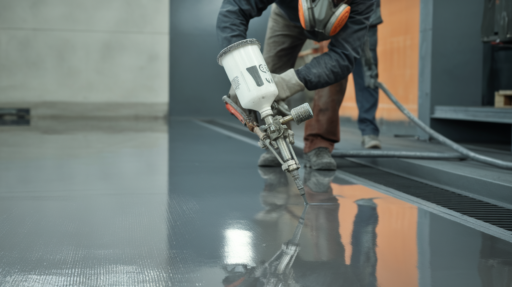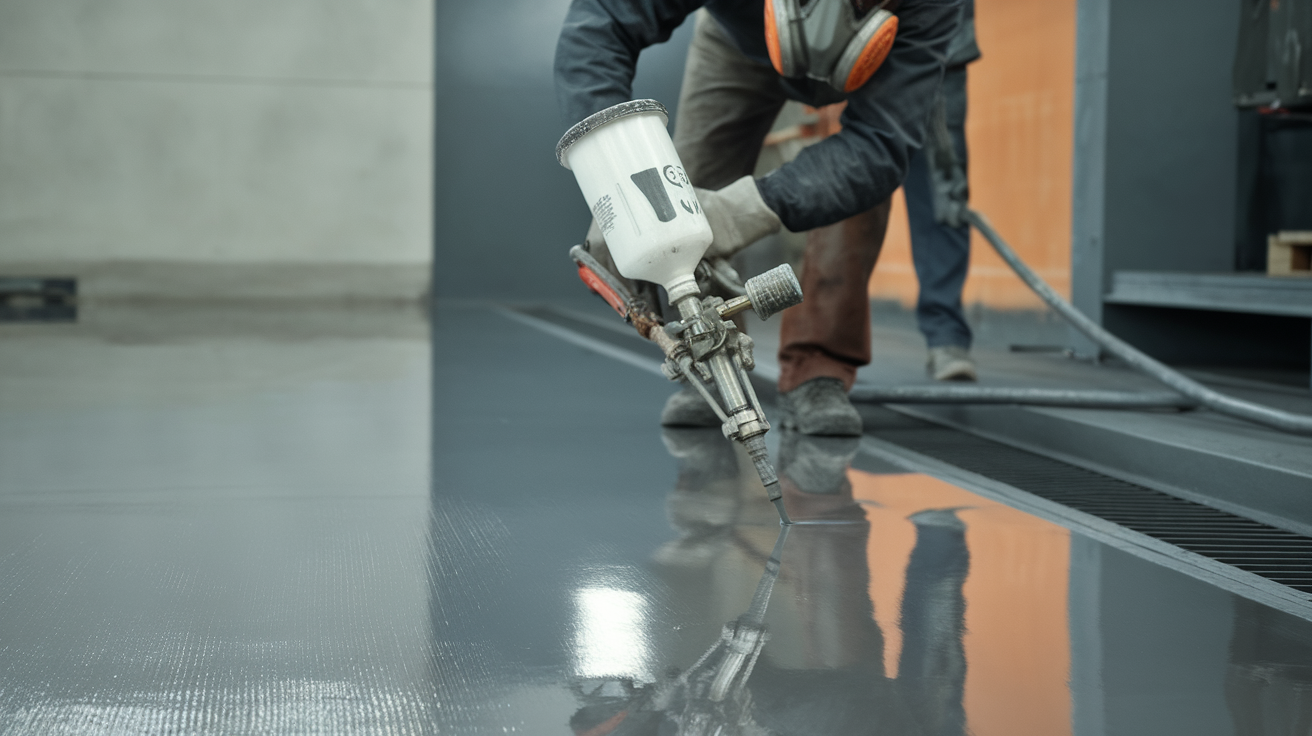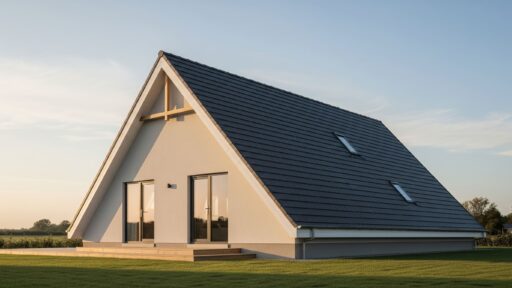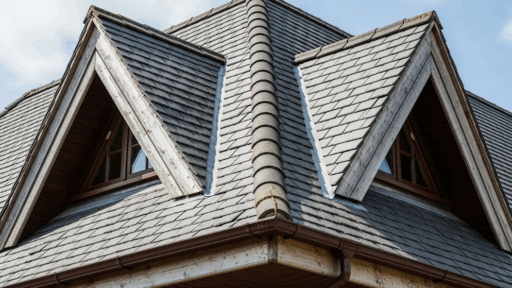You might not hear about polyurea every day, but it plays a big role in many of the things we see and use around us.
Simply put, polyurea is a type of synthetic polymer, basically a man-made material created through a chemical reaction.
What makes it stand out is how fast it sets and how tough it is once it cures.
I think it’s helpful to understand materials like polyurea, especially since it’s used in so many modern applications.
From coating floors in warehouses to protecting bridges and tanks, polyurea helps make surfaces stronger, safer, and longer-lasting.
I’ll explain exactly what polyurea is, how it works, and why it’s chosen for so many different jobs.
You’ll get a clear picture of its features, its most common uses, and what makes it different from other coatings.
If you’re working on a project or just want to learn something new, this guide will help you understand polyurea in a simple way.
What Is Polyurea?
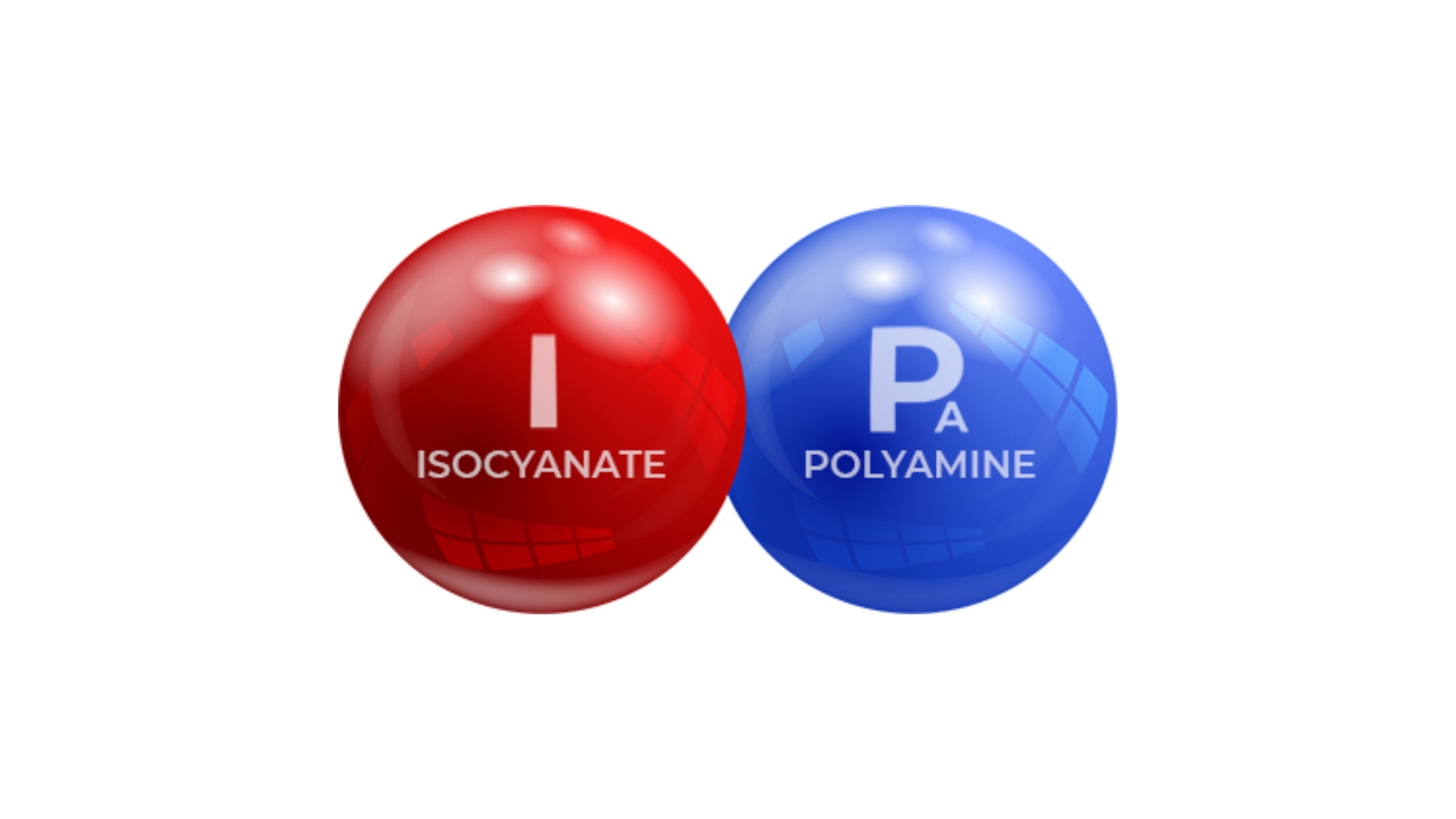
Polyurea is a man-made material that consists of two liquid components. When these two parts are mixed together, they react very quickly and form a solid coating in just seconds.
This makes polyurea distinct from many other materials, which typically require significantly longer to dry or harden.
It’s called a “polymer,” which means it’s made up of small building blocks linked together to form a strong chain.
These chains contribute to polyurea’s strength and flexibility. Once it sets, it becomes waterproof, tough, and able to handle rough conditions.
Because it hardens so fast, polyurea has to be sprayed with special equipment. That’s why trained workers often use it for big projects.
You’ll find it in places that need strong protection, like factory floors, truck beds, roofs, and tanks.
In short, polyurea is a strong, fast-setting coating that helps protect surfaces from damage.
Key Characteristics of Polyurea
- Fast drying: Polyurea sets in seconds, allowing projects to move quickly without lengthy wait times.
- Flexible: Even though it’s strong, it can bend and stretch a little without breaking or cracking.
- Water-resistant: It keeps out water, which helps protect the surface underneath from damage.
- Chemical-resistant: It withstands exposure to oils, fuels, and cleaning products well.
- Durable: It lasts a long time and can withstand heavy foot traffic, intense use, and rough weather conditions.
- Works in all temperatures: Whether it’s very hot or very cold, polyurea still performs well.
- Smooth finish: When applied correctly, it creates a clean and even surface.
Common Applications of Polyurea
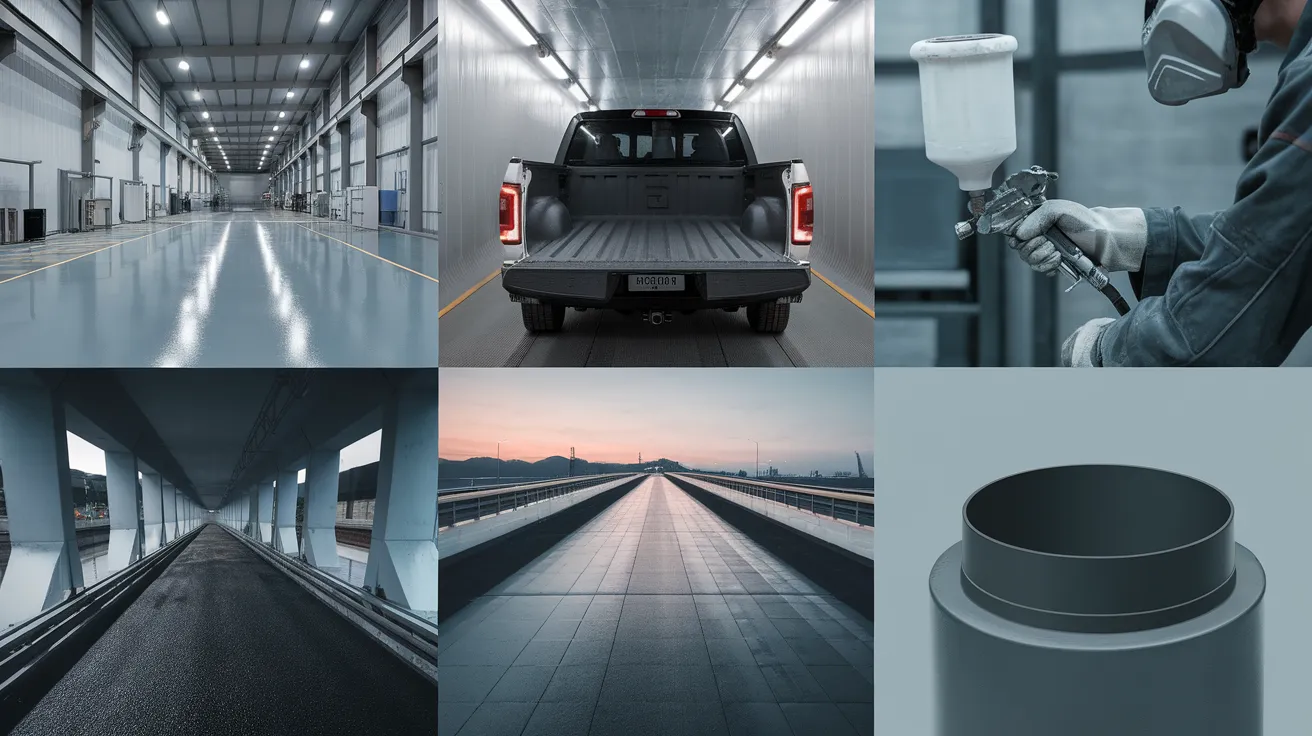
Polyurea is used in various applications because it’s strong, fast to apply, and long-lasting. Some of the most common ways people use it are:
1. Factory and Warehouse Floors
In industrial buildings, polyurea is often applied to concrete floors to create a hard, smooth surface that resists wear and tear.
It can handle the weight of forklifts, carts, and heavy machinery without cracking. Plus, it’s resistant to oil, grease, and chemical spills, making it easy to clean and maintain.
2. Truck Beds and Vehicle Protection
Polyurea is widely used to coat truck beds, trailers, and off-road vehicles.
It forms a tough, rubber-like layer that protects the metal underneath from scratches, dents, rust, and corrosion.
This is especially helpful for people who haul tools, rocks, or heavy loads regularly.
3. Roofs and Deck Surfaces
Polyurea is used as a waterproof coating for flat roofs, balconies, and wood decks. It seals small cracks, keeps out water, and prevents damage caused by sun exposure.
Unlike paint or sealers that peel over time, polyurea stays flexible and won’t crack, even in extreme weather.
4. Tanks and Pipelines
Polyurea is sprayed inside storage tanks, water tanks, and pipelines to prevent leaks and corrosion.
It creates a seamless barrier that can handle high pressure and harsh chemicals, making it ideal for wastewater plants, fuel storage, and food processing tanks.
5. Bridges and Roads
On bridges and highways, polyurea is used as a protective coating over steel and concrete. It prevents water and salt from seeping in, which helps reduce rust and cracking.
This helps cities and states avoid expensive repairs and extend the life of public infrastructure.
6. Swimming Pools and Fountains
In pools, fountains, and other water features, polyurea is sprayed over the surface to create a smooth, waterproof finish.
It prevents leaks, protects the structure from chlorine or saltwater, and can be applied in custom colors for a clean look.
Polyurea Compared with Other Coatings
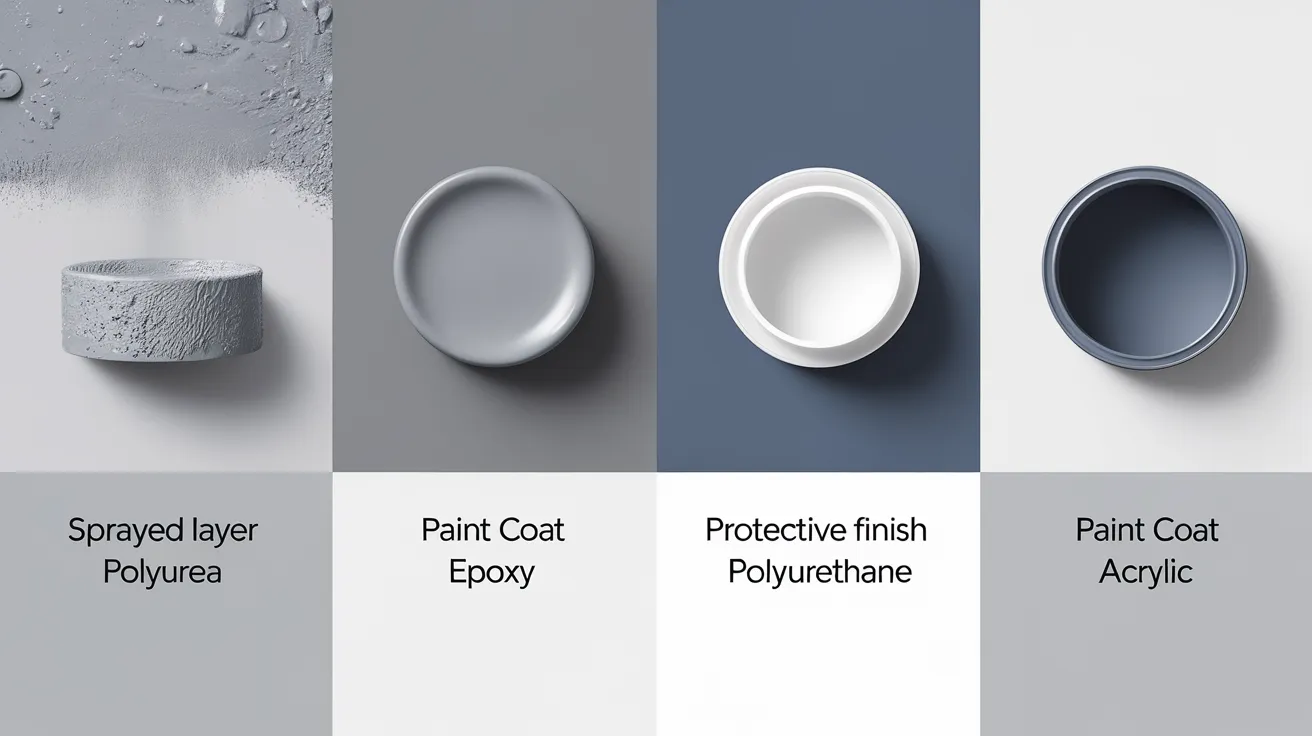
There are many types of coatings available, such as epoxy, polyurethane, and acrylics.
Each has its own strengths, but polyurea stands out in several ways.
Let’s take a look at how it compares.
| Feature | Polyurea | Epoxy | Polyurethane | Acrylic |
|---|---|---|---|---|
| Drying Time | Very fast (seconds) | Slow (hours to days) | Medium (hours) | Fast to medium |
| Flexibility | High | Low | Medium | Low |
| Durability | Very high | High | Medium to high | Medium |
| Water Resistance | Excellent | Good | Good | Fair |
| Chemical Resistance | Excellent | Good | Medium | Low |
| Application Surface | Most surfaces | Needs clean, dry surfaces | Needs primed surfaces | Best on smooth surfaces |
| Cost | Higher | Medium | Medium | Lower |
Why Polyurea Is a Better Choice?
Polyurea stands out because it combines speed, strength, and flexibility in one solution. Unlike many other coatings, it dries in just a few seconds.
This makes it great for projects that are on a tight schedule or can’t afford long delays.
Once applied, it forms a tough layer that can handle water, chemicals, heat, cold, and heavy use without breaking down easily.
What also makes polyurea a better choice is its ability to stretch a little without cracking.
That means it works well on surfaces that move or shift over time, like concrete or roofs.
While the starting cost may be higher than other coatings, polyurea often lasts much longer, which helps save money in the long run.
So, if you need something fast, strong, and reliable, especially in harsh or changing conditions, polyurea is often the better and smarter option.
Considerations Before Using Polyurea
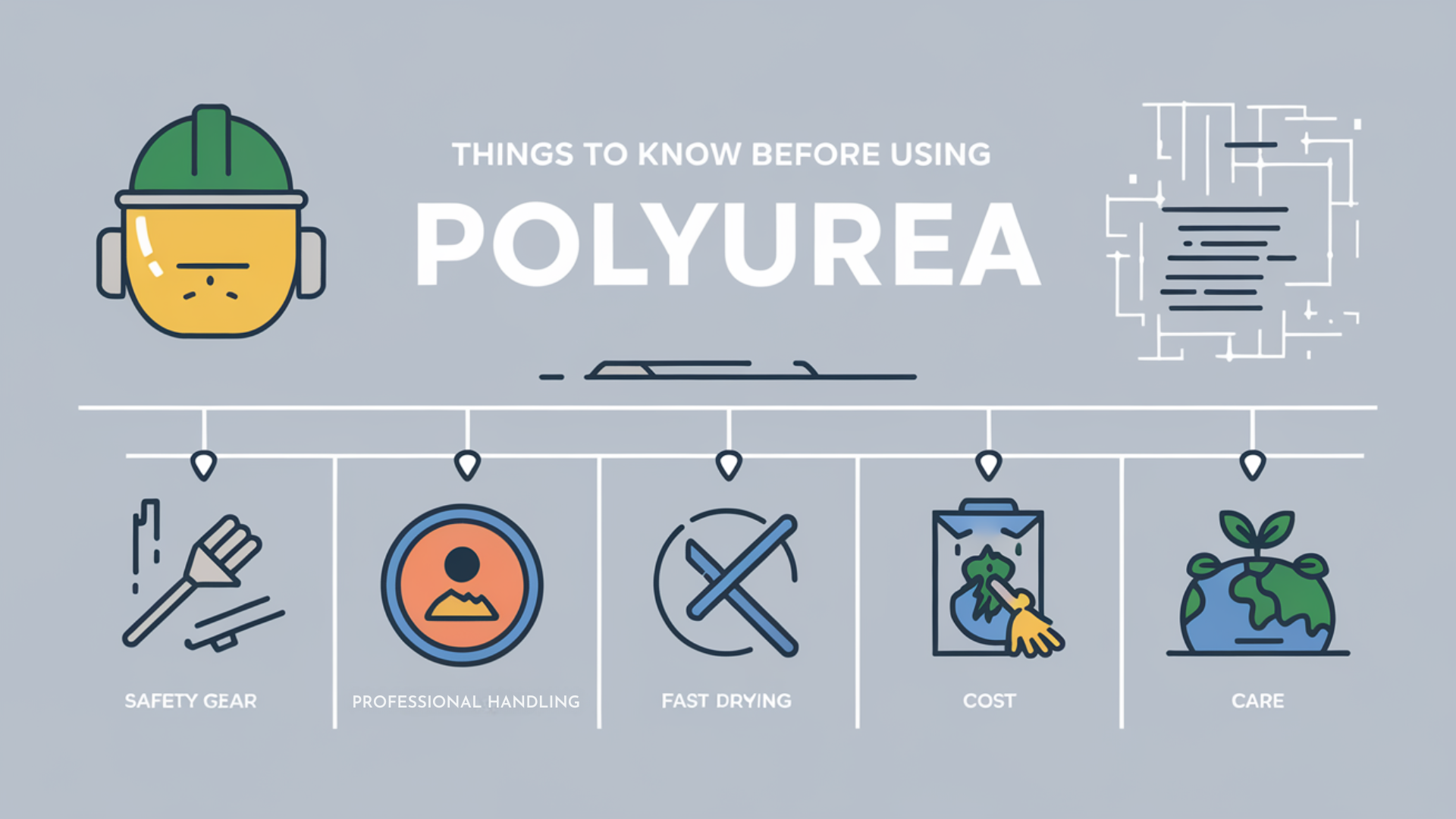
Before working with polyurea, there are a few important things to keep in mind.
- Wear proper safety gear: Always use gloves, goggles, and a mask when working with polyurea. It should only be sprayed in well-ventilated areas.
- Use trained professionals: Applying polyurea needs special equipment and skill. It’s best handled by people with proper training.
- Prepare the surface carefully: Surfaces must be clean, dry, and free of dust, oil, or moisture. Poor prep can lead to poor results.
- Be aware of drying speed: Polyurea sets within seconds, so there’s very little room for mistakes during application.
- Understand the cost: Although it may be more expensive than other coatings, especially when considering tools and labor, it often lasts longer.
- Consider the environment: Polyurea is safe once cured, but uncured materials can release fumes. Dispose of any leftover product properly to avoid harm.
Benefits of Using Polyurea
Polyurea offers several strong advantages that make it a smart choice for many projects.
- Durability and longevity: Polyurea creates a tough coating that can last for many years, even in rough conditions.
- Fast and efficient installation: It dries in seconds, which helps speed up projects and reduce downtime.
- Resistant to damage: It stands up well against corrosion, harsh chemicals, and heavy impacts.
- Works in all kinds of environments: Polyurea performs well in hot, cold, wet, or dry conditions, making it useful in many locations.
Conclusion
I’ve learned that polyurea is more than just a coating- it’s a strong and fast-working solution that can handle tough conditions.
I like how quickly it sets and how well it protects against things like water, chemicals, and heavy use.
It’s also helpful that it works in various weather conditions and remains flexible without cracking.
Although it may require specialized tools and careful handling, I believe the long-term benefits often make it a worthwhile choice.
It lasts a long time and can save both time and effort in the long run.
Now that I understand what polyurea can do, I feel more confident about when and why to use it.
If you ever need a coating that’s strong, quick, and reliable, polyurea might just be the answer.
Frequently Asked Questions
Is polyurea safe for home use?
Yes, once it’s fully cured, polyurea is safe. However, it should be applied by professionals using proper equipment to avoid any risks during installation.
How long does polyurea last?
Polyurea can last 15 years or more, depending on use and conditions. It’s built for long-term protection, even in areas with heavy traffic or harsh environments.
Can polyurea be used outdoors?
Yes, polyurea is great for outdoor use. It resists sun, rain, and temperature changes, making it ideal for roofs, decks, driveways, and more.
Is polyurea DIY-friendly?
Not really. Polyurea sets in seconds and requires special tools. It’s best handled by trained professionals for safety and proper application.

